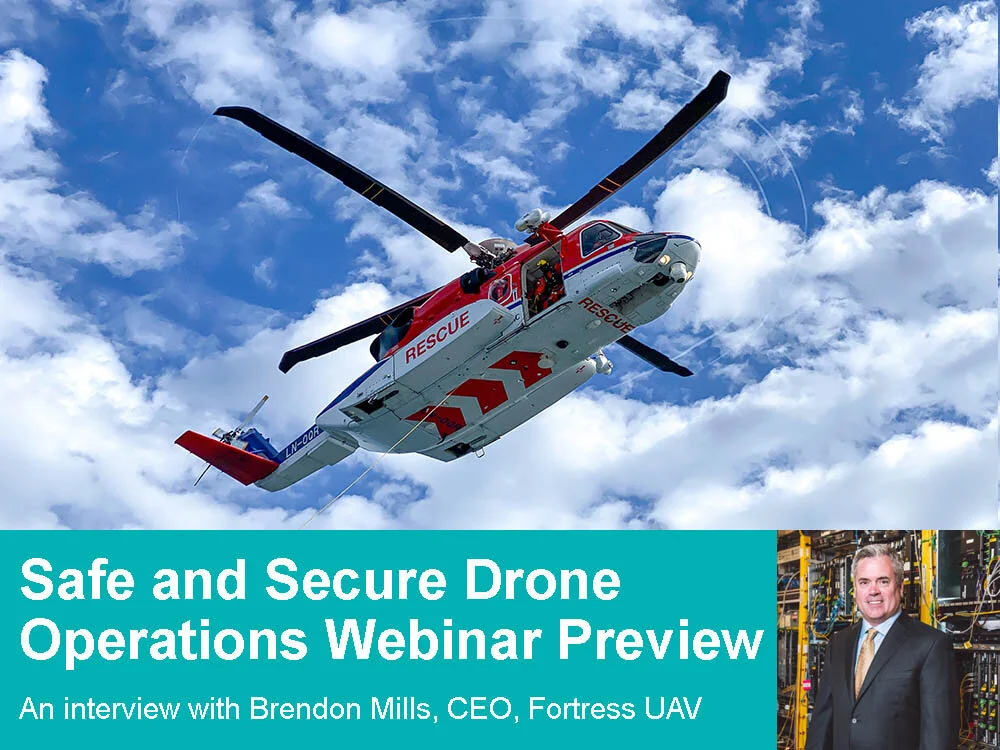Fortress UAV CEO, Brendon Mills, sat down with Commercial UAV Expo’s Jeremiah Karpowicz to discuss what is means to actually see the difference drones can make in the workplace. Please see an exerpt below:
While the differences that drones can make when it comes to completing tasks faster, cheaper and safer are well documented, what it means to actually see those distinctions realized can vary a great deal. Insourcing versus outsourcing questions around enterprise drone programs remain as pervasive as ever, especially since the costs and logistics associated with either can vary depending on the industry and applications.
Regardless of the approach, being able to perform safe and secure drone operations is the baseline that so many enterprise organizations are striving for, which is why that very topic is set to be discussed in detail during an upcoming Commercial UAV News webinar. Experts from across the space will discuss why security and safety matter, what you can do to build a safe drone operation, how to best document your operations and much more.
In preparation for that discussion, we connected with Brendon Mills, CEO of Fortress UAV. His company offers drone program logistics, field services, tech support, repair services and more, making him the perfect person to outline what it means to reliably, securely, and consistently fly safe drone missions. He’ll share further insights during the live webinar but we talked with him to preemptively explore the history of Fortress UAV, how his company has seen the drone market evolve and what it means to address drone challenges at scale.
Click here to sign up for the webinar.
Jeremiah Karpowicz: You founded Fortress UAV for the expressed purpose of providing UAS deployment, repair and logistics services to the drone market. How and when did you recognize the need in the market for this type of solution?
Brendon Mills: The parent company of Fortress UAV has been around since 2002, which was when an effort to create specialized telecommunications and electronics equipment began. In 2017 we recognized the drone industry was really taking off, and we recognized there might be a need for aftermarket services that could leverage the expertise and projects we had spent nearly two decades developing. As the technology has matured, these telecommunication and maintenance needs became that much more evident.
Ultimately, a drone is a piece of hardware. It’s a sophisticated piece of hardware, but it’s also one that both flies and can crash. The understanding allowed us to recognize a need for maintenance programs in this market, with services related to replacement, spare parts and preventive maintenance.

